Realme was among the first companies to reassure fans that it would be slipping the latest Snapdragon 8 Gen 1 processor into its next flagship; after the silicon was unveiled at the end of 2021.
Sure enough, the Realme GT 2 Pro was announced in China promptly afterwards sporting the chip, going on sale in the region at the turn of the new year.
Fans in the rest of the world, however, were left waiting until the company made its Mobile World Congress debut in late February, where the GT 2 Pro’s international availability was confirmed for 8 March.
Now that the phone is here, it’s a matter of understanding whether the Pro strikes the characteristic price/performance balancing act that the company’s short lineage of existing flagship phones is known for or whether it offers a more competitive package against the wider flagship market.
Design & build
- Unique biopolymer finish on Master Edition
- Glass-backed models weigh 10g more
- Still no IP rating or wireless charging
Paper isn’t the first material you might think of when it comes to smartphone materials but that’s exactly what Realme’s design team used as the jumping-off point for the finish on the GT 2 Pro (as well as the standard GT 2).
While the phone can be had in a relatively pedestrian Steel Black in Europe (as well as Titanium Blue in China) with a conventional glass back, Realme has also given the GT 2 Pro the Master Edition treatment by once again partnering with Japanese designer Naoto Fukusawa to create a unique set of finishes that pull away from traditional smartphone tropes.
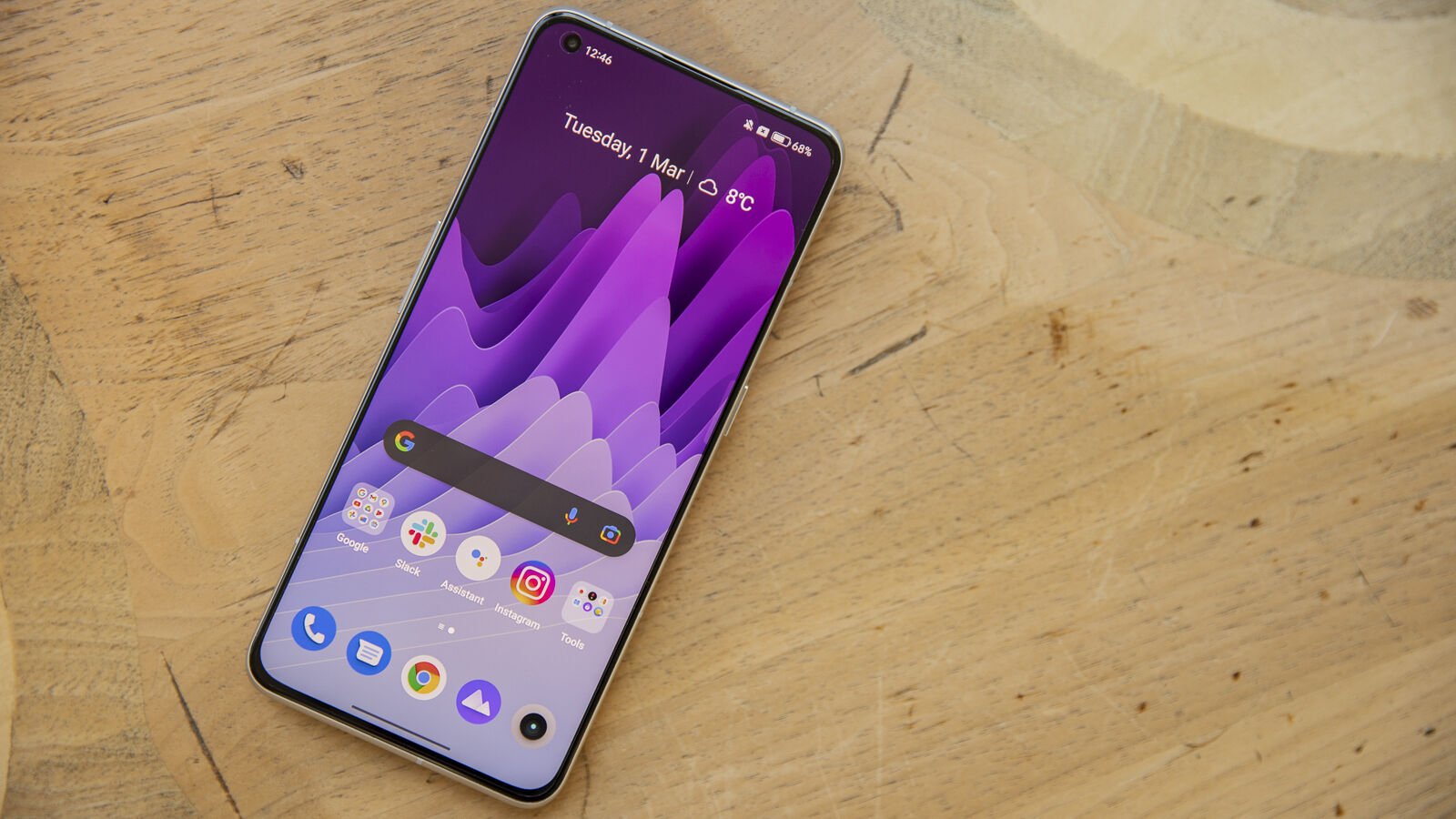
The version of the GT 2 Pro that you’ll likely see in any promotional imagery is the Master Edition variant; sporting either the Paper White or Paper Green colourway. The first phone to feature a back made of biopolymer, the lightly grooved texture across this plastic is meant to evoke the feel of paper.
In practice, I’ll concede that perhaps the sensation could be attributed to coarse, heavily recycled paper, but not your average sheet of notepad A4.
As for the aesthetics at play, the texture adds a nice amount of grip that differs from conventional glass of plastic-backed phones, while diffusing light in a way that gives the phone a clean and fingerprint-free appearance from any angle.
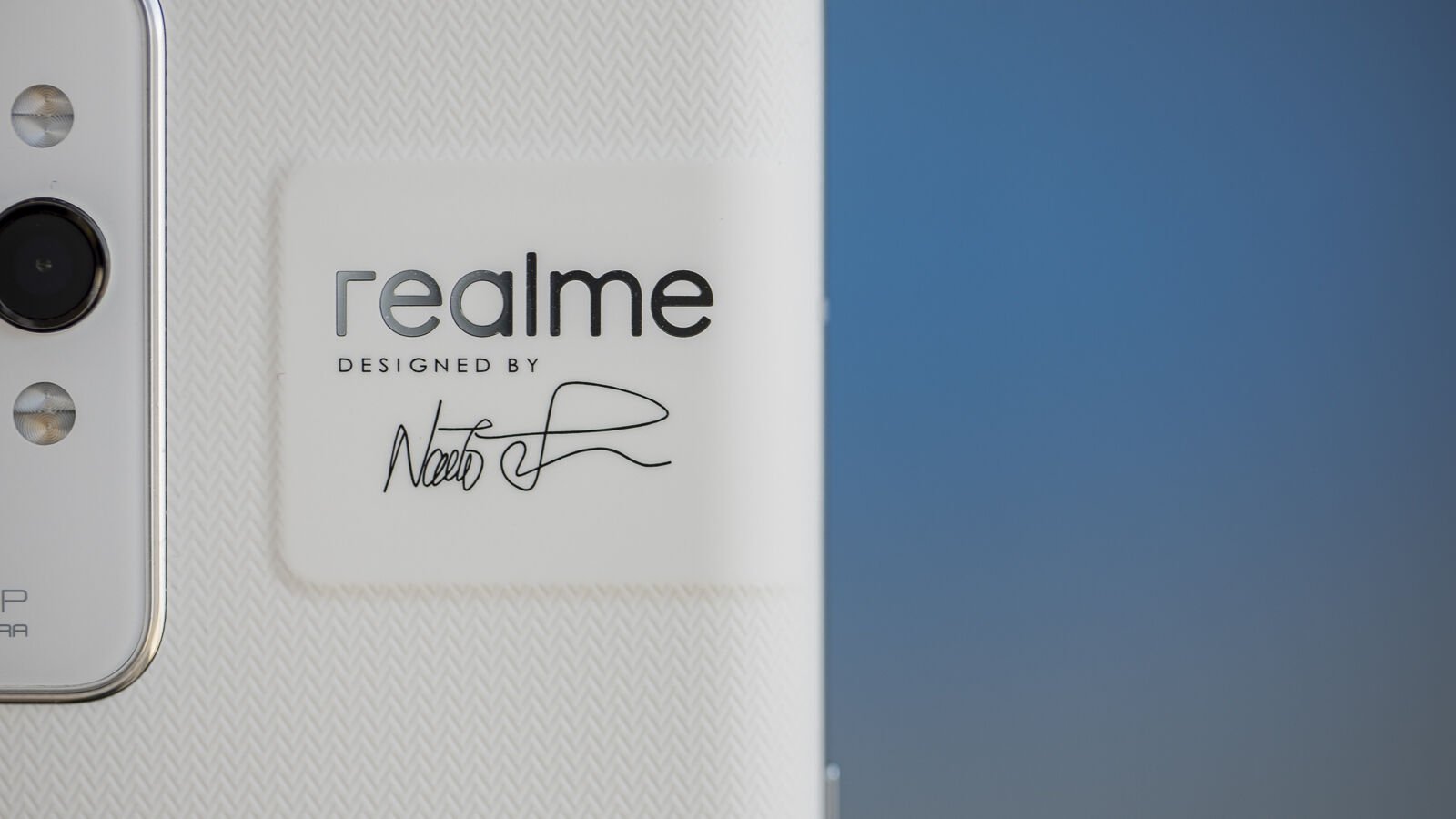
Rendered in either a warm white or a mint green, however, this pale finish does look as though it might hold onto grime within those minute grooves after extended use, which itself might be difficult to clean.
While Realme’s Master Edition phones often feature Fukusawa’s signature somewhere on their bodies, the way in which the GT 2 Pro’s back gives his John Hancock a dedicated plinth next to the camera module seems a little gaudy; encroaching on the phone’s otherwise clean hardware layout.
It’s not even something you can hide with the included dark grey case, as while that covers the all-important finish with a near-featureless outer shell, it inescapably features its own plinth, again adorned with the designer’s signature.
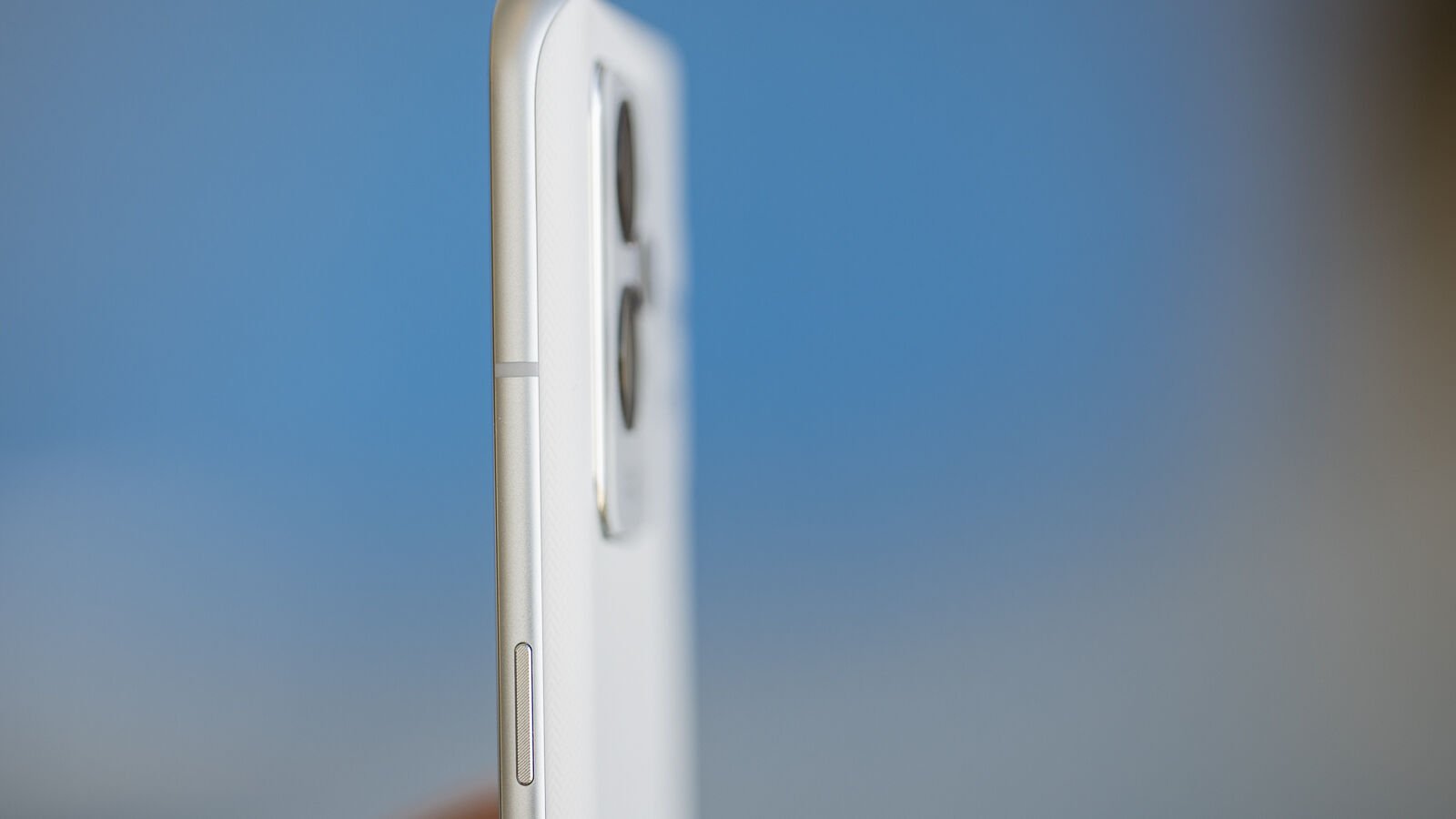
The silver metal frame that surrounds the phone and leads into its rounded biopolymer back is generally nice to handle, from an ergonomic standpoint; even if it doesn’t give this flagship quite as premium a finish as its standing implies.
Details like a knurled metal power key and black surrounds on each rear camera sensor are appreciated too, while Realme still hasn’t seen fit to stretch for other flagship-class hardware traits, like wireless charging support or IP-certified water and dust resistance.
Display & audio
- Largest and sharpest screen on a Realme phone yet
- 6.7in 120Hz WQHD+ LTPO 2.0 E4 AMOLED display
- Protected by Gorilla Glass Victus
- Balanced stereo speakers
While Realme’s 2022 flagship comes with the standard fare of expected upgrades, one area that the GT 2 Pro punches up more so than its predecessors is with the display technology at work; which Realme has collectively branded as its ‘Super Reality Display’.
There’s a flat 6.7in panel on the phone’s front, protected by the latest Gorilla Glass Victus. It’s technically the largest screen on a Realme phone yet, with the company’s handsets usually topping out at 6.6in, but that’s not what really sets it apart.
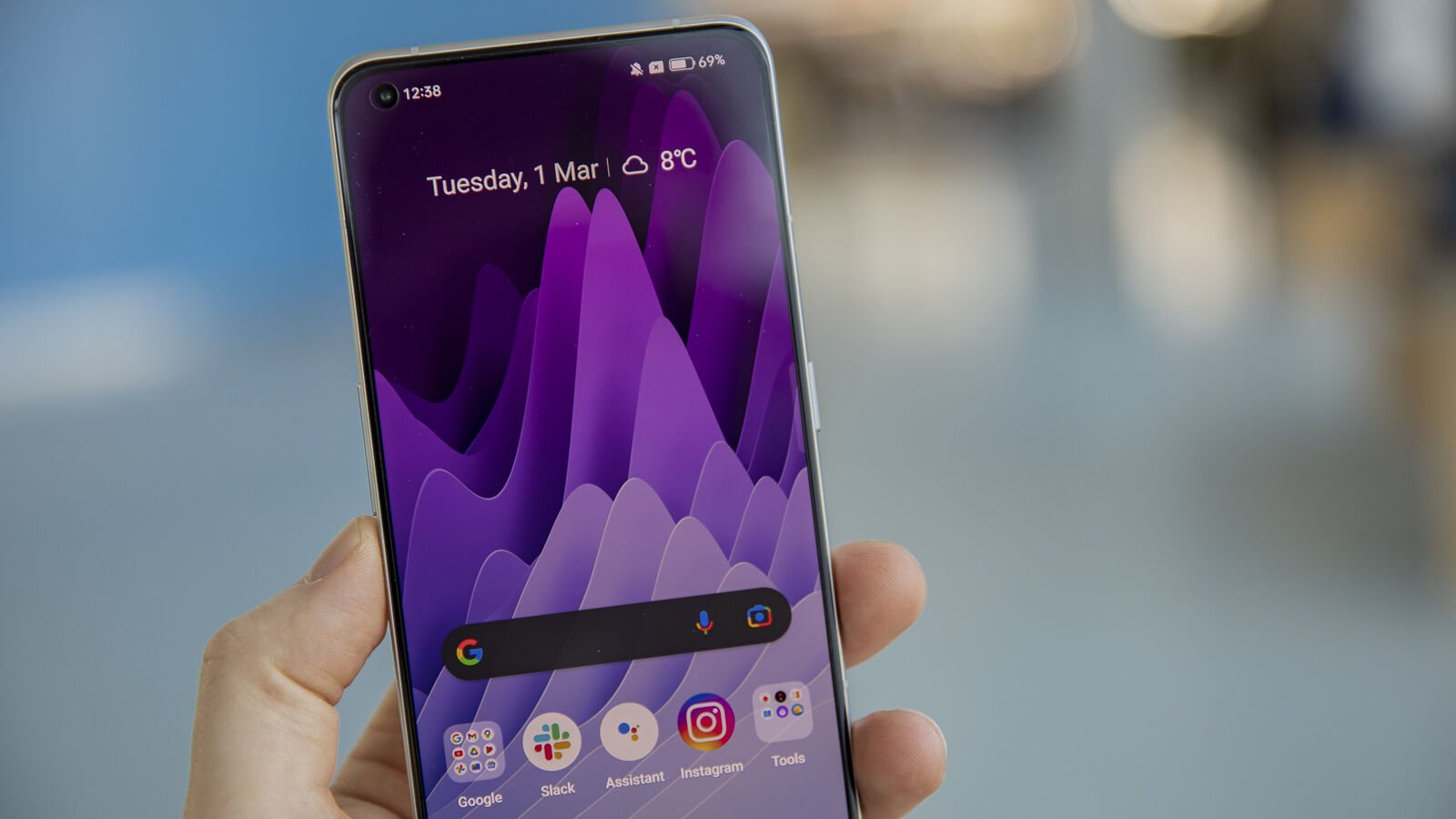
As with last year’s Realme GT, the 2 Pro offers up rich, vibrant and super-smooth 120Hz AMOLED visuals but its upgraded panel relies on a new LTPO 2.0 process (only currently found on a handful of other phones, including the OnePlus 10 Pro), facilitating variable refresh rate support right down to 1Hz, for improved power efficiency.
What’s more, the screen on the GT 2 Pro is also the first example of Realme breaking past Full HD+ resolution, with WQHD+ (1440×3216) visuals also making this the sharpest panel on a Realme phone to date. The collective effect is that the GT 2 Pro features Realme’s best display ever; an expansive and detailed panel with pleasing fluidity that’s great for enjoying media.
There’s also plenty of control over the viewing experience, with dynamic refresh rate and resolution enabled by default, but the option to specify certain increments of both.
Options for image and video enhancement, fine-grain control over colour profiles, eye comfort and dark modes with scheduling options, an always-on display mode with customisable elements and more also feature.
As for the audio setup, a set of Dolby Atmos-certified speakers deliver some of the most balanced stereo separation from any phone I’ve recently tested, with most others doling out a treble/bass bias between the earpiece speaker and the down-firing speaker grille along the device’s bottom edge.
The sound from GT 2 Pro is flatter than hoped but clean and nicely defined, meaning it’s better suited to enjoying games and media without headphones, compared to a lot of alternatives.
Software & features
- Runs Realme UI 3.0 atop Android 12 at launch
- Upgraded promise of three years OS & four years security updates
- Feature-packed user experience may be intimidating for newcomers
While not the first, the GT 2 Pro is among the initial clutch of Realme phones (alongside the likes of the recent 9 Pro+) to showcase the company’s latest skinned revision of Android: Realme UI 3.0 (running atop Android 12).
It includes new tweaks to Realme-specific elements, like app icons with more depth to their designs and richer functionality from the Smart Sidebar (which lets you quickly access apps and select features from anywhere within the UI, as well as instantly initiating split-screen multitasking or floating window apps).
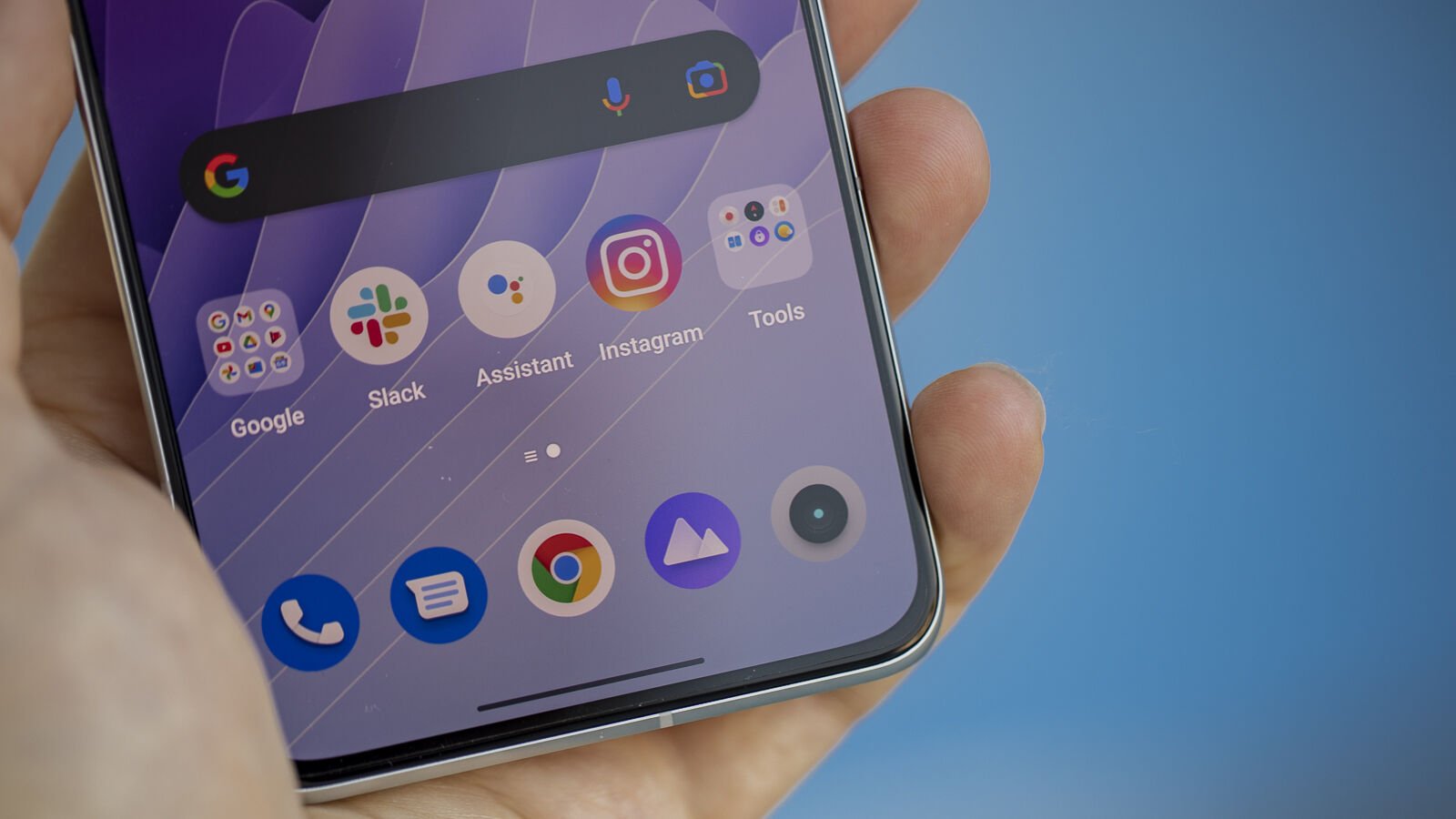
At the same time, Realme UI 3.0 incorporates native Android 12 features too, including more advanced privacy controls, what Realme calls the ‘smart theming engine’ to better colour UI elements using palettes auto-generated based on your choice of wallpaper and more.
If you’re unfamiliar with Realme UI, while it’s unquestionably one of the heavier and more stylised skins out there versus Google’s native Pixel launcher, it’s arguably cleaner to look at and easier to navigate than it’s ever been. It also packs in a deep level of fine-grain control over customisation, along with a bevvy of unique features that make for a more flexible and functional experience overall. Just be prepared for a bit of a learning curve if you’re a newcomer.
Arguably one of the biggest improvements that the GT 2 Pro ushers in is Realme’s approach to software updates. While value for money has always been a cornerstone of the Realme experience, up until now its phones have, at best, landed with only two major OS updates and three years of security updates; the bare minimum for most Android phones and a cycle dictated by Realme’s understanding of users’ general upgrade cadence.
It’s breaking that trend with the GT 2 series, however, committing to an additional year of each, meaning three years of major OS updates and four years of Android security patches.
While this doesn’t yet put Realme quite on-par with the likes of Samsung, as one of the best brands around for Android updates, it’s a step in the right direction that means better value for money for users and a greener approach to the device life cycle on Realme’s part; something it’s keen to highlight in numerous ways with the GT 2 line.
Performance
- First phone on sale in Europe with a Snapdragon 8 Gen 1 chip
- Gaming performance is inexplicably capped at 60fps
- GT Mode 3.0 doesn’t function as advertised
- Prone to heat build-up when gaming
The opening pitch of the Realme GT 2 Pro (before the phone had even been officially named) was that it would be amongst the first phones in the world to showcase Qualcomm’s freshly-minted Snapdragon 8 Gen 1 silicon, and it almost was.
While Motorola nabbed the crown of ‘World’s First’ with the launch of the Edge X30 in China, Realme has managed to pip sister manufacturer Oppo to the post by getting the GT 2 Pro out to market in Europe ahead of the Find X5 Pro.
As for how the GT 2 Pro handles, the 8 Gen 1 is, as expected, exceptionally capable; ensuring that Realme UI 3.0 user experience flys at 120Hz and taking on split-screen and floating window multitasking as if they were nothing. It’s also the first phone to receive Google’s Performance class 12 certification, which should mean better-standardised app optimisation that can better leverage the GT 2 Pro’s power.
In day-to-day use, you’re unlikely to feel any major performance benefits over the standard GT 2 (with its Snapdragon 888 SoC), however, by factoring in the improved software support that this series finally comes with, the phone’s long-term value is better justified. Those who keep the GT 2 Pro for the entirety of its supported lifetime should find more consistent performance with less degradation, compared to devices with lesser chipsets.
In artificial testing, the 12GB RAM model has plenty of power at its disposal, matching other recent similarly-specced competitors in terms of CPU performance. The same is true of graphical ability too, however, Realme has made a strange call that limits the veracity of our results, as well as real-world gaming experiences.
Whether to ensure a consistent experience across different types of games or as a means of heat management, both graphical benchmarks and games all max out at 60fps; even titles that have proven to support uncapped frame rates when tested on other phones (like Real Racing 3 and Alto’s Odyssey) remained locked at a maximum 60fps.
Frames rarely dipped below this during key gameplay moments, guaranteeing a level of consistency and predictability in competitive play that not all flagships can promise, however, the move to artificially lock-off performance in this way prevents users from enjoying certain titles to their fullest.
Being a member of the GT family, the GT 2 Pro also features a dedicated ‘GT Mode’ (version 3.0 in this instance); meant to up GPU performance while gaming, at the expense of higher power consumption. Despite a flashy animation when activating the mode, however, real-world CPU and GPU performance, as well as frame rate, didn’t appear to fluctuate or improve at all, giving the impression that, unless tied to specific games that Realme hasn’t disclosed, GT Mode doesn’t deliver additional performance, as advertised.
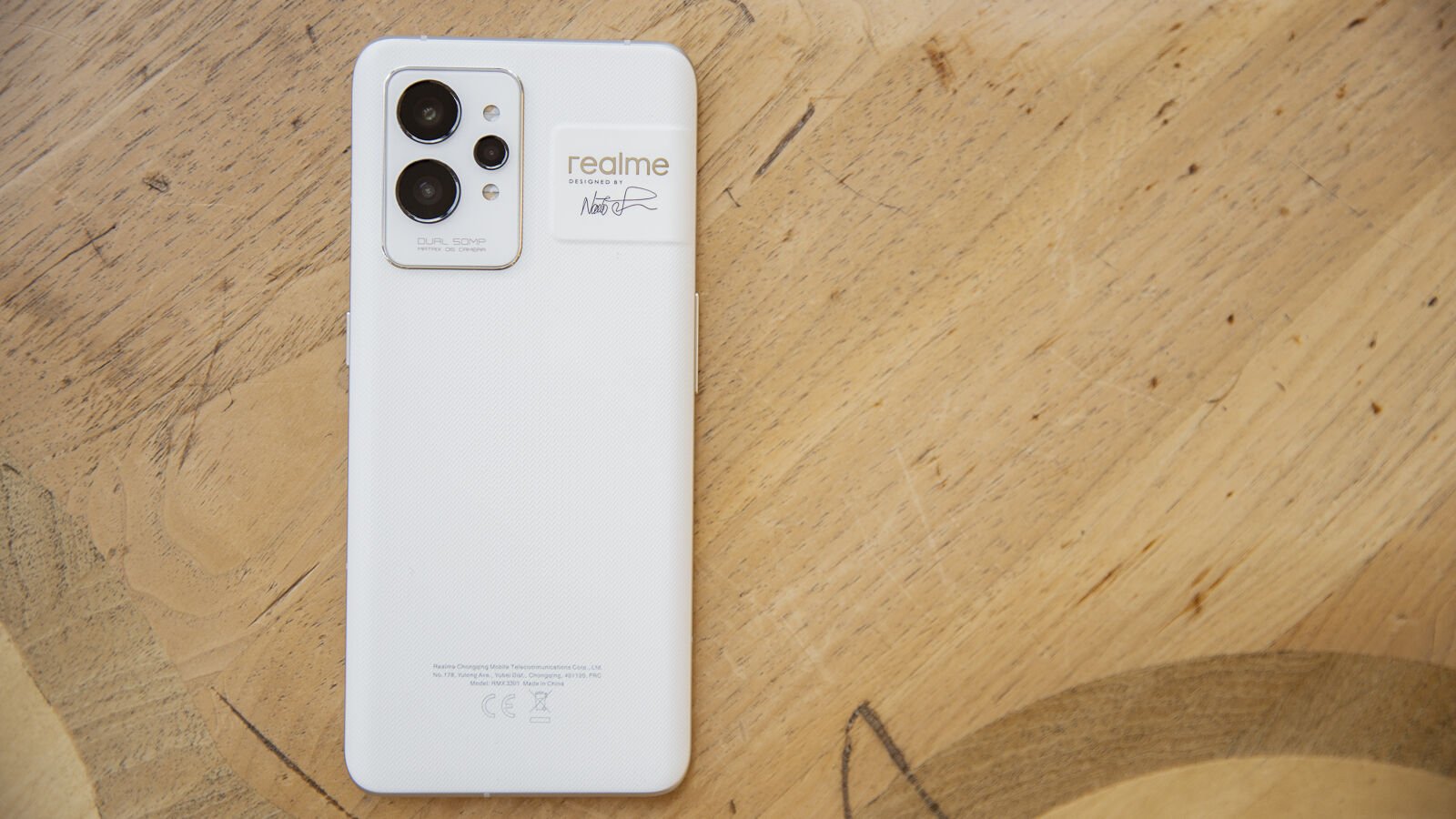
Despite the inclusion of a stainless steel vapour cooling system that’s notably larger than previous iterations – integrating both copper elements and custom cooling gel into its design – the GT 2 Pro did become noticeably hot to the touch after prolonged gaming sessions; more so than the likes of Samsung’s Galaxy S22+ or Google’s Pixel 6 Pro for example, despite similar conditions.
Beyond raw power, the GT 2 Pro also features ‘HyperSmart Antenna Switching’ to intelligently jump between the phone’s 12 antennas for the best connection quality, there’s a larger NFC contact area for easier interaction and the phone boasts speedy UFS 3.1 storage, WiFi 6, Bluetooth 5.2 and 5G.
Battery
- 5000mAh battery
- 65W ‘SuperDart’ fast charging
- 59% charge in 15 minutes, 100% charge in 35
With the largest and highest resolution display of any Realme device to date, the promise of enhanced gaming performance and a Snapdragon 8 Gen 1 to power, it’s a good thing that Realme chose to include a sizeable 5000mAh battery inside the GT 2 Pro too.
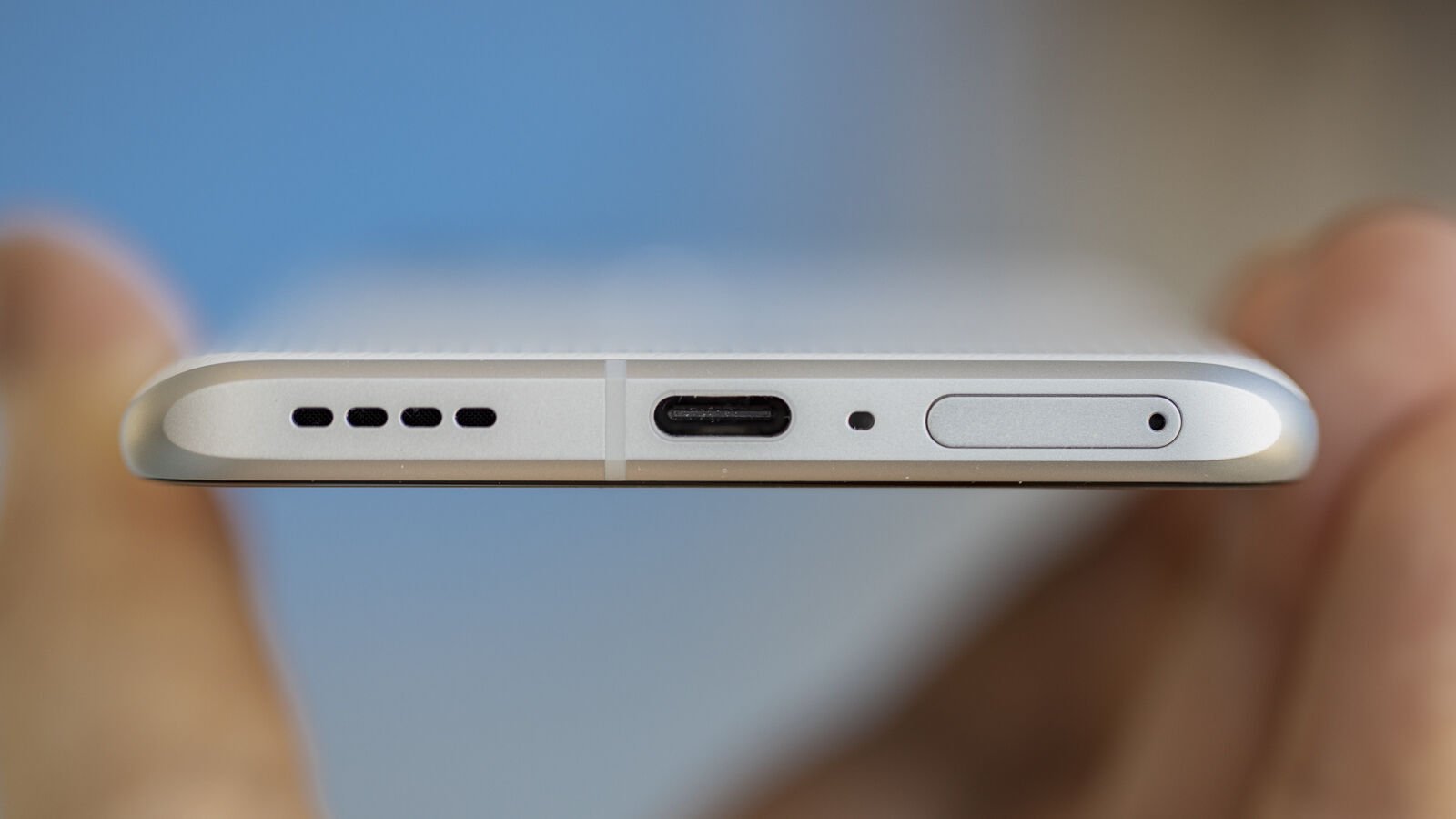
Beyond its large capacity cell, features like that LTPO 2.0-supported variable refresh rate unquestionably help contribute to the phone’s respectable longevity.
In benchmarks, the GT 2 Pro outpaced key rivals from Samsung, Google, Vivo and beyond, while real-world screen-on time of over 7.25 hours translates to a comfortable day and a half of use, including a spot of gaming, without concern.
To help manage battery anxiety even further, the company’s SuperDart fast…
